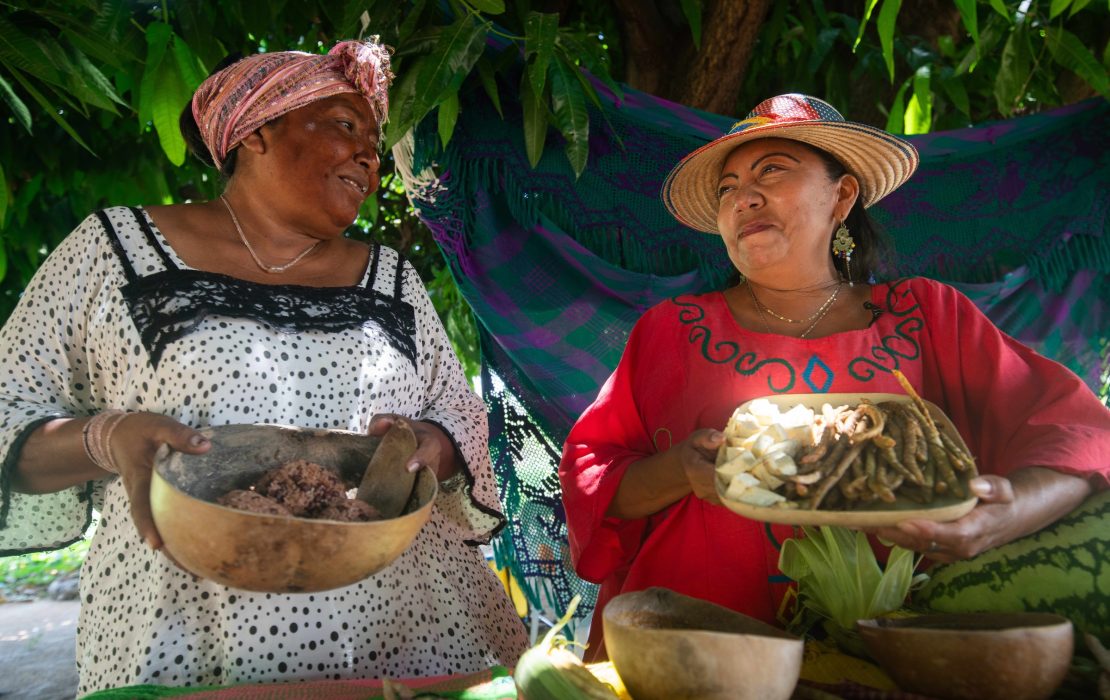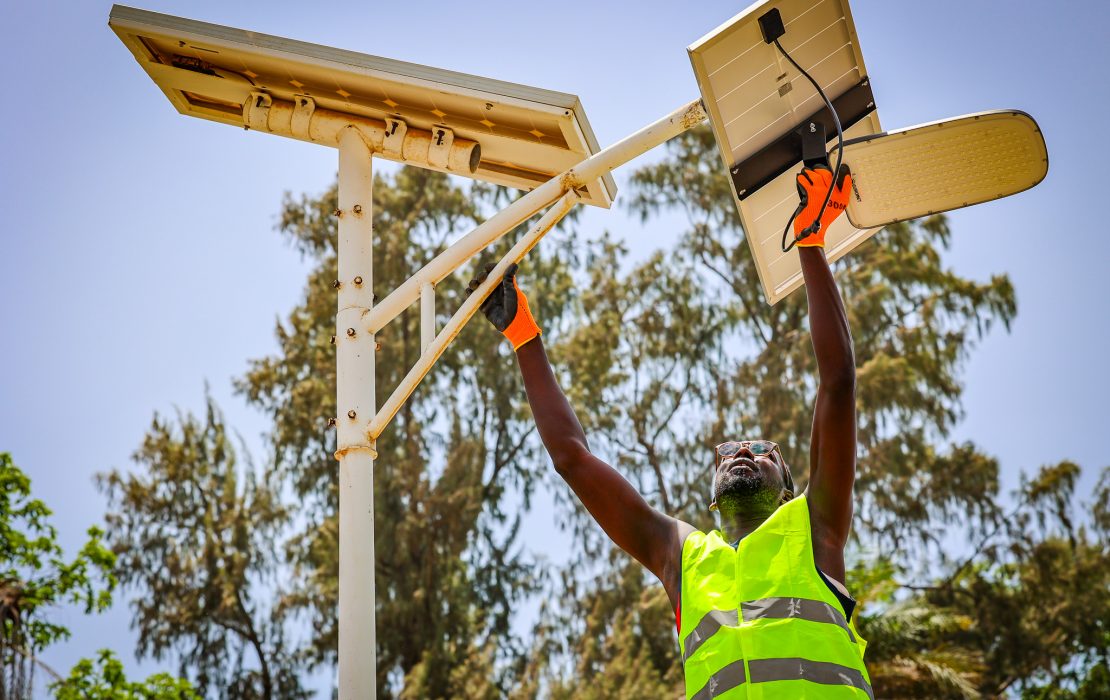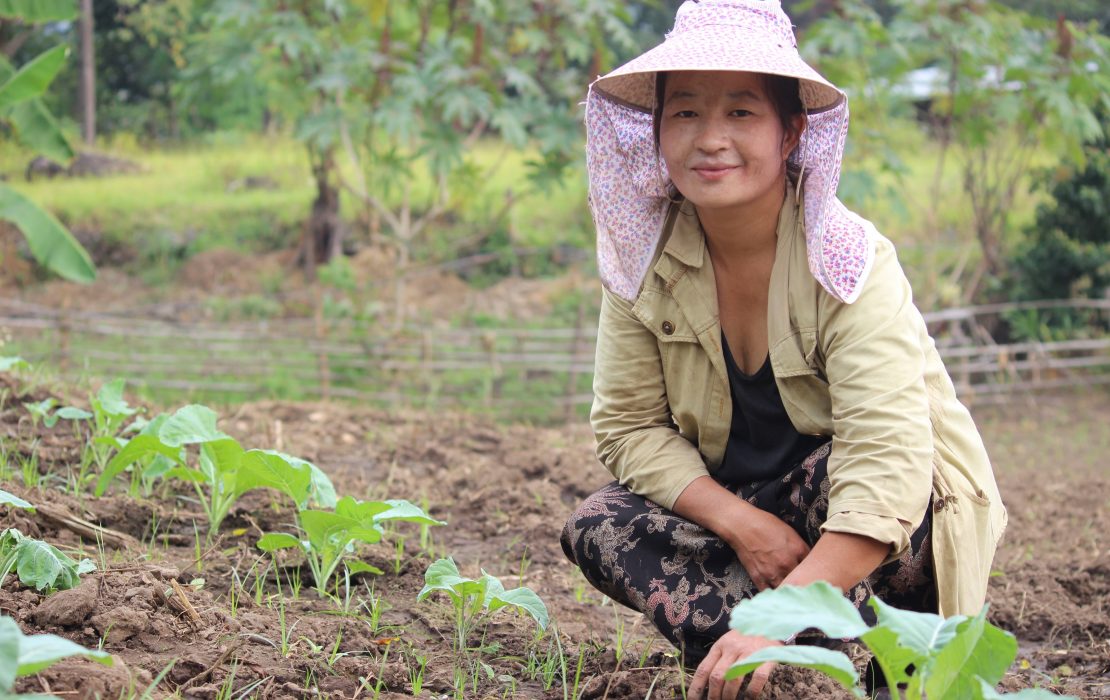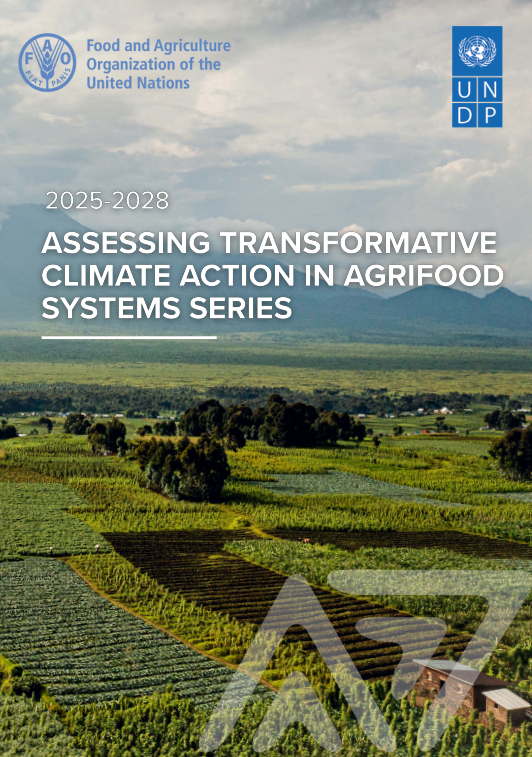0,07%
Share of global GHG emissions
Based on data from Climate Watch (CAIT 2020), developed and maintained by the World Resources Institute. #149
Climate Vulnerability Index ranking
A higher number means a higher vulnerability to climate change. Based on the ND-GAIN Index (2021), developed by the University of Notre Dame. #170
Human Development Index ranking
A lower number means a better human development score. Based on the Human Development Index (2021), developed by UNDP. NDC Status
Senegal submitted its first NDC in December 2020.
Key highlights from the NDC
- The country’s first climate pledge is considered an enhanced NDC with its commitment to reducing greenhouse emissions by 5% and 7% (unconditionally) and 23% and 29% (conditional on external support) by 2025 and 2030 respectively.
- The mitigation component of the NDC will be implemented through increased carbon sequestration in the agriculture and forestry sectors, the use of renewable energies, the strengthening of energy efficiency and the improvement of waste management and of industrial processes.
- The adaptation component has been expanded including with more details in terms of risk profiles, policies and plans as well as sectoral priorities.
- Adaptation measures in the NDC aim at increasing the resilience of ecosystems and ensuring the protection of populations against climate risks, with a focus on strengthening climate, ocean and coastal observation and data collection.
Adaptation and resilience areas in the NDC
- Coastal Zone
- Agriculture/Land Use
- Fisheries
- Health
- Biodiversity
- Floods
- Livestock
Latest Publications
See allHow the SCALA programme supports countries in advancing their climate goals through policymaking in the agriculture and land-use sectors.




